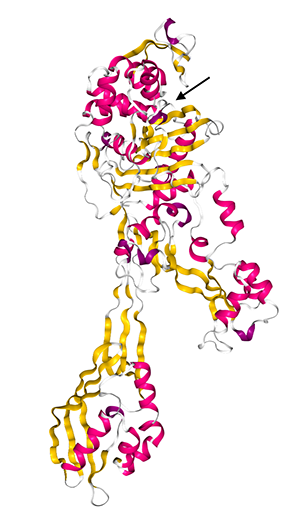3.2.1 PBP2a – a PBP that doesn’t bind cephalosporins
Methicillin-resistant Staphylococcus aureus (MRSA) is resistant to most β-lactam antibiotics, including cephalosporins. This is one of the reasons why infections caused by MRSA are extremely challenging to treat. This resistance results from the expression of

You may recall from Week 2 that cephalosporins exert their bactericidal action by binding to penicillin-binding proteins and preventing them from cross-linking the bacterial cell wall. Since cephalosporins do not bind to PBP2a, its presence in MRSA allows cell wall biosynthesis to occur in the presence of most cephalosporins.
Fortunately, more recently developed cephalosporins, including ceftaroline (Duplessis and Crum-Cianflone, 2011) and ceftobiprole (Kisgen and Whitney, 2008) can bind to and inhibit the activity of PBP2a. These cephalosporins have been licensed for the treatment of community- and hospital-acquired pneumonia and complicated skin and soft tissue infections (NICE, 2017).
You will learn more about the development of cephalosporin antibiotics in Week 6.
